Author: Kate Gersh1, Dr. Courtney Larson2 and Trevor Bloom2
Organization: Jackson Hole Wildlife Foundation1, The Nature Conservancy in Wyoming2, Bridger-Teton National Forest and Friends of Pathways
Title: Neighbors to Nature: Cache Creek Study
Launched in the summer of 2018, Neighbors to Nature: Cache Creek Study is a four-way partnership between the Jackson Hole Wildlife Foundation, The Nature Conservancy in Wyoming, the Bridger-Teton National Forest, and Friends of Pathways.
The study is located near Jackson, Wyoming, which is home to many diverse wildlife species. 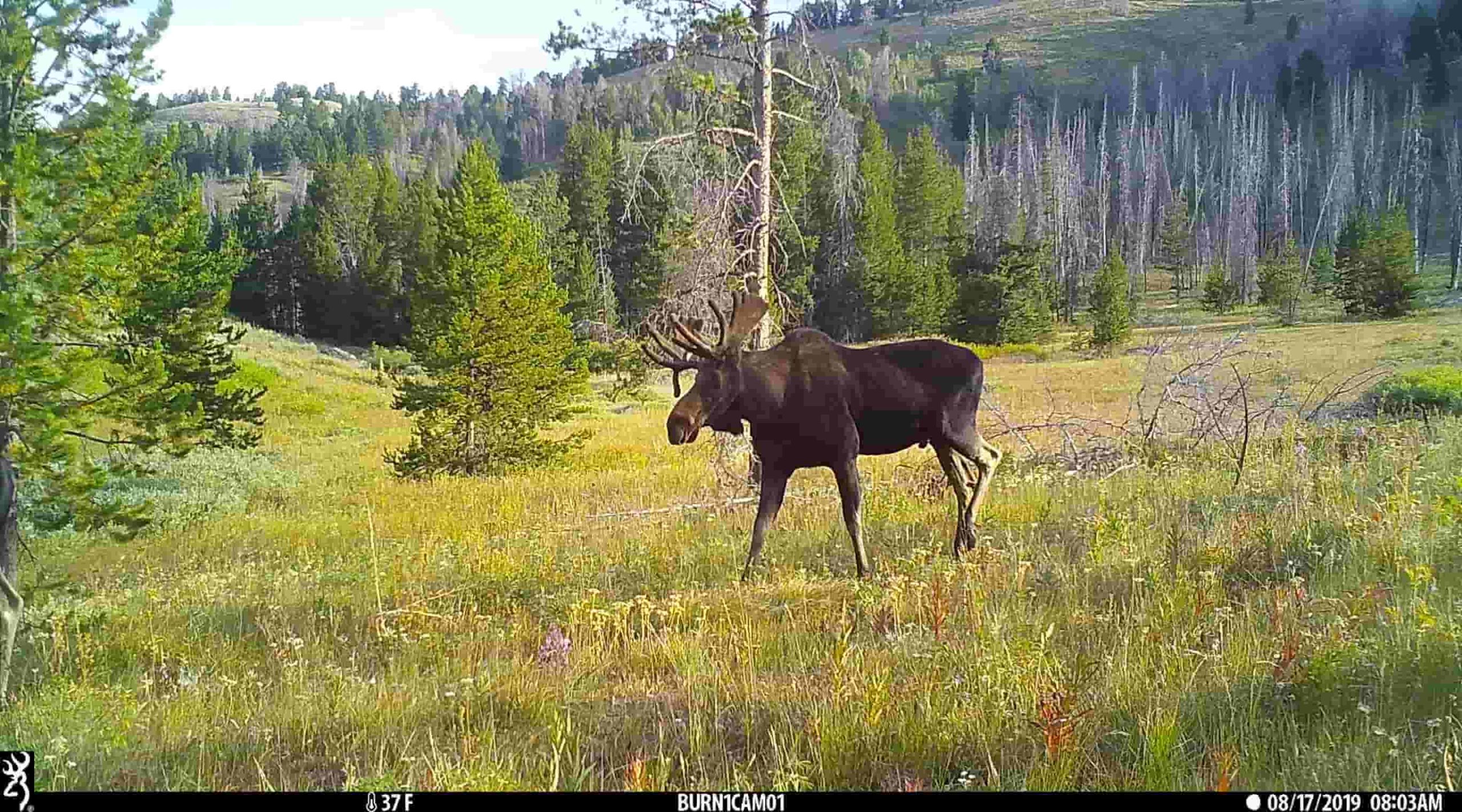 We placed 27 trail cameras throughout an area known as the Greater Cache Creek, Game Creek, and Snow King area (or simply, the Greater Cache Creek area), which is a popular spot for hiking, mountain biking, and skiing. We also placed trail use counters at several trailheads throughout the study area and asked trained citizen scientists to record wildlife observations in the Greater Cache Creek area using the Jackson Hole Wildlife Foundation’s Nature Mapping Jackson Hole web application. Trail cameras are marked with signs describing the project and notifying users that they may be captured on trail cameras. We communicate with the public through various media sources to educate them about the project, letting them know the purpose of the study.
We placed 27 trail cameras throughout an area known as the Greater Cache Creek, Game Creek, and Snow King area (or simply, the Greater Cache Creek area), which is a popular spot for hiking, mountain biking, and skiing. We also placed trail use counters at several trailheads throughout the study area and asked trained citizen scientists to record wildlife observations in the Greater Cache Creek area using the Jackson Hole Wildlife Foundation’s Nature Mapping Jackson Hole web application. Trail cameras are marked with signs describing the project and notifying users that they may be captured on trail cameras. We communicate with the public through various media sources to educate them about the project, letting them know the purpose of the study.
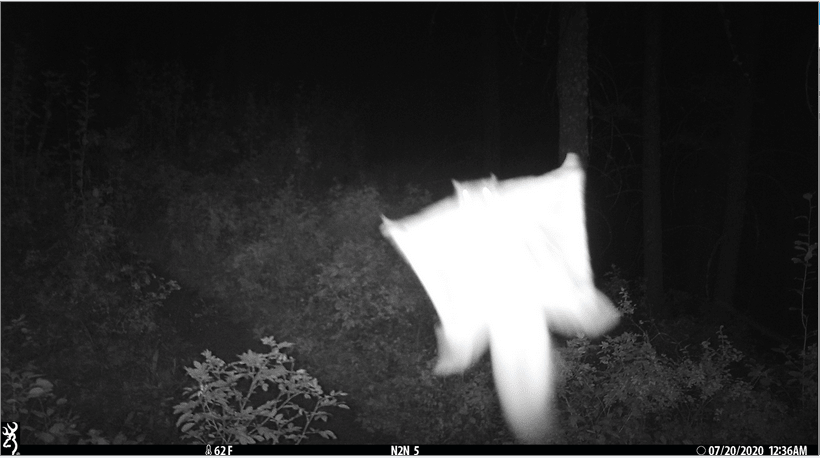
Development proposed in the Greater Cache Creek area and concerns about increasing recreational pressure on valuable wildlife habitat prompted this project, which collects data on trail use by humans and habitat use by wildlife, to understand the overlap and potential interactions between wildlife and humans. Our goal is to understand how wildlife and people interact in the study area. This will help the U.S. Forest Service (USFS) better manage public land and its access. The USFS seeks to manage the Bridger-Teton National Forest in a manner that provides both quality wildlife habitat and recreational opportunities. Trail cameras, trail use counters, and Nature Mapping of wildlife observations show how wildlife and humans are using the Greater Cache Creek area, which, over time, can be used to evaluate how recreation use may be influencing wildlife behavior and inform management actions, such as seasonal restrictions.
Between 2019 and 2020, trail use counters reported a 12.6% increase 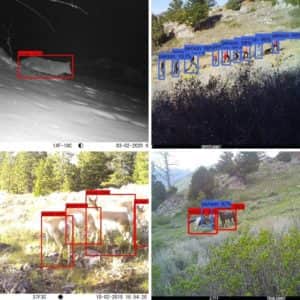 in use at the Cache Creek Trailhead and an 27.6% increase in use at the Hagen Trailhead. In 2020, Nature Mappers submitted 102 wildlife observations. Since 2018, we have collected over 700,000 images with our trail camera array. We pre-process the images through an artificial intelligence (AI) processor to make sorting and classifying the images faster. This AI removes most of the images with no subject while also classifying images of people, vehicles, and wildlife. We count the number of human detections in the photos to get trail use data. However, the wildlife photos need further classification to identify the wildlife to species. We use the Zooniverse platform where citizen scientists from around the world work to classify images. We have documented over 20 species of wildlife on our cameras including moose, bears, wolves, cougars, and flying squirrels. To get involved, please visit our project on Zooniverse here.
in use at the Cache Creek Trailhead and an 27.6% increase in use at the Hagen Trailhead. In 2020, Nature Mappers submitted 102 wildlife observations. Since 2018, we have collected over 700,000 images with our trail camera array. We pre-process the images through an artificial intelligence (AI) processor to make sorting and classifying the images faster. This AI removes most of the images with no subject while also classifying images of people, vehicles, and wildlife. We count the number of human detections in the photos to get trail use data. However, the wildlife photos need further classification to identify the wildlife to species. We use the Zooniverse platform where citizen scientists from around the world work to classify images. We have documented over 20 species of wildlife on our cameras including moose, bears, wolves, cougars, and flying squirrels. To get involved, please visit our project on Zooniverse here.
Photo Credits: Kate Gersh
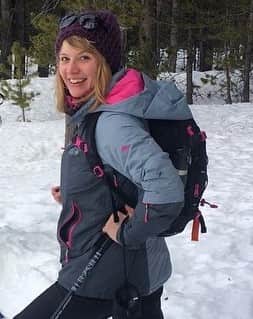
Kate Gersh is Associate Director of the Jackson Hole Wildlife Foundation, where she provides leadership and management towards programs working collaboratively with landowners and public land managers to remove or improve fences that benefit safe wildlife movement, by empowering citizen naturalists to build our local wildlife knowledge base, and by acting to make roads safer for people and animals. Kate’s educational background includes a Graduate Certificate in Nonprofit Management from George Washington University’s School of Public Policy and Public Administration plus, a master’s degree in Sustainable Destination Management from George Washington University’s School of Business.

Courtney Larson is a conservation scientist at The Nature Conservancy in Wyoming. Her research interests are centered around understanding and minimizing human impacts on wildlife, including those from recreation, land use and land cover change, and climate change. Courtney completed a PhD and MS in Ecology at Colorado State University, focusing on the effects of recreation on wildlife. She holds a B.A. in Environmental Studies and International Studies from Colby College.
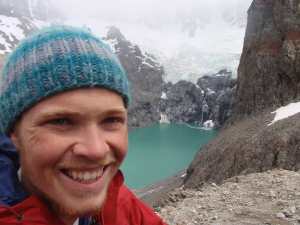 Trevor Bloom is a community ecologist for The Nature Conservancy in Wyoming, a published author on climate change, and a wildlife guide for Guides of Jackson Hole. While completing a MS in biology, he also produced his first film, Climb-It Change, which premiered in six international film festivals and is now used alongside curriculum to educate middle and high school students on climate change. Through research and outreach in-line with The Nature Conservancy, the world’s largest environmental organization, Trevor inspires hope and action for young generations in a changing world.
Trevor Bloom is a community ecologist for The Nature Conservancy in Wyoming, a published author on climate change, and a wildlife guide for Guides of Jackson Hole. While completing a MS in biology, he also produced his first film, Climb-It Change, which premiered in six international film festivals and is now used alongside curriculum to educate middle and high school students on climate change. Through research and outreach in-line with The Nature Conservancy, the world’s largest environmental organization, Trevor inspires hope and action for young generations in a changing world.
